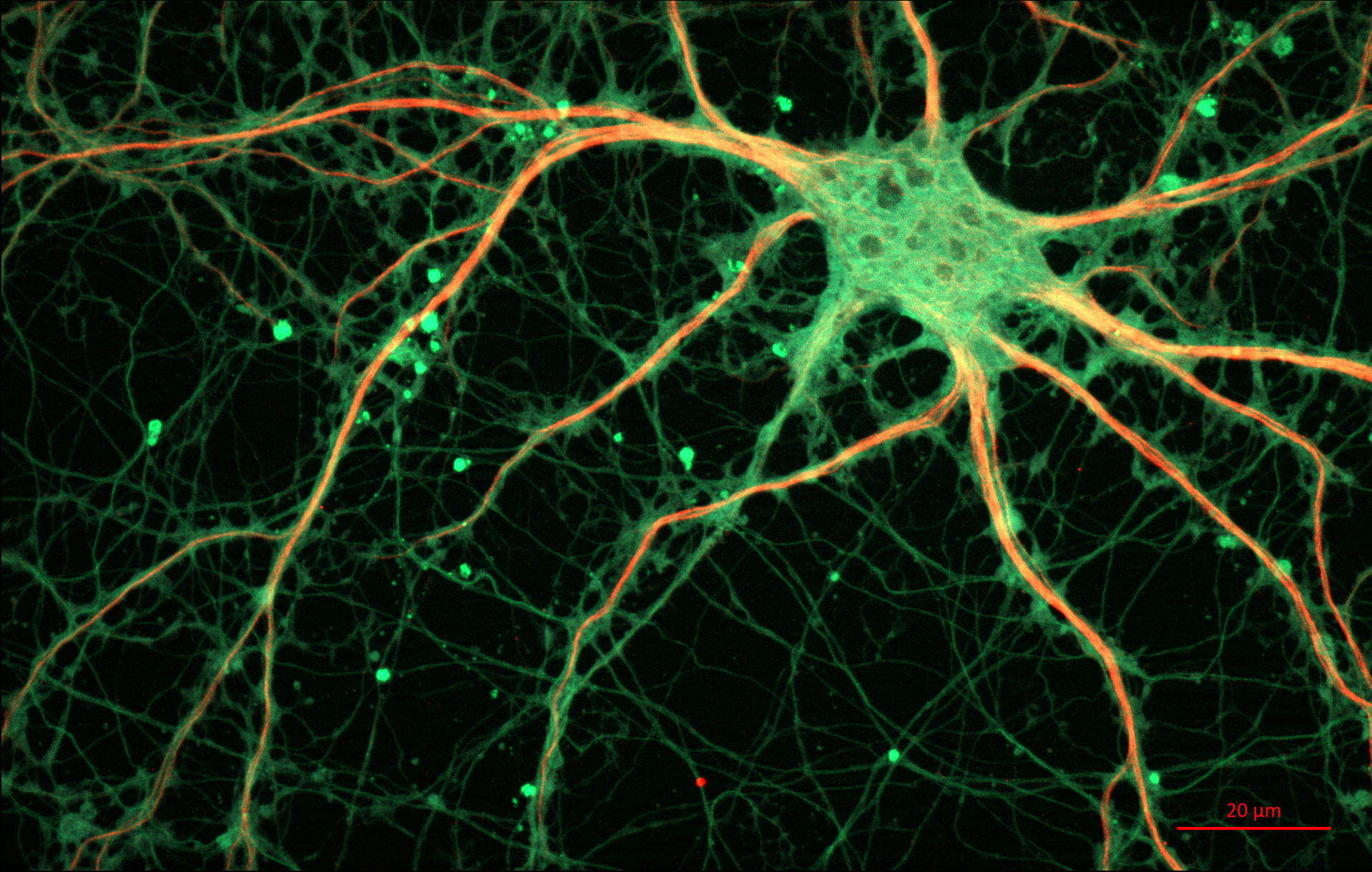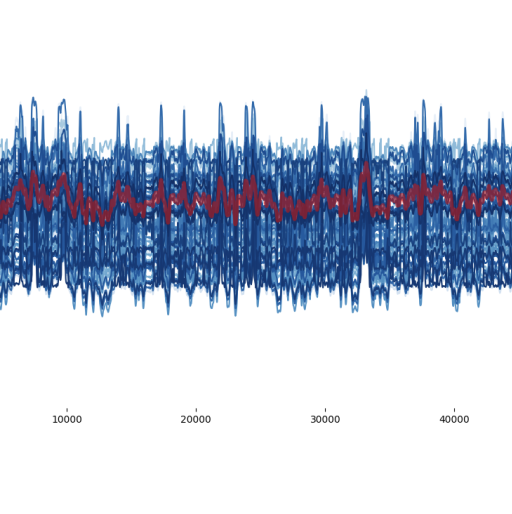
Exploring neuronal diversity and its impact on the brain
Thanks to imaging technology, we now have a good idea of the significant diversity in the types of neurons found in the brain. But the impact of this “neuronal heterogeneity” on brain functions and their capacity to withstand disturbances is a mystery that the scientific community has been seeking to solve since the time of Charles Darwin.
This puzzle has led to a new discovery that was recently featured in an article published by PNAS (Proceedings of the National Academy of Sciences). This journal is widely considered to be the most prestigious journal after Nature and Science.
A multidisciplinary international team
The study was carried out by a group of researchers from the worlds of IT, mathematics, neuroscience and neurosurgery. “In partnership with Inria and the Krembil Research Institute at the University Health Network in Toronto, we developed a new mathematical approach inspired by research carried out in macroecology”, explains the researcher Jérémie Lefebvre. A member of the Brain and Mind Research Institute at the University of Ottawa, he was the main author of this study. “Our aim was to characterise the cellular diversity found in complex systems and the impact this has on the resilience of these systems.” Jérémie Lefebvre and two of the other co-authors of the study mentioned above, Taufik A. Valiante and Scott Rich, researchers at the Krembil Research Institute in Toronto, had previously established a link between epilepsy and the heterogeneity of the properties of neurons.
Health - a priority for Inria Strasbourg
On the Inria side of things, Axel Hutt, director of research with the Mimesis project team in Strasbourg (a joint undertaking with the CNRS - Mimesis is part of the iCube laboratory's MLMS team), has dedicated himself to modelling interactions between neurons. This project is very much in keeping with the research strategy of Inria Strasbourg centred around personalised medicine and health, as exemplified by its partnership with the Strasbourg Hospital University Institute.
“As an Inria researcher, my aim is to devise mathematical models that can be used to understand the role played by neuronal diversity in brain circuits”, explains Axel Hutt. “A few years ago I had the opportunity to work on theoretical models with Jérémie Lefebvre.” These new mathematical models led to a significant discovery: “They prove that cellular diversity can help to mitigate the changes that occur with certain diseases, contrary to what we had long believed. Previously we thought that a heterogeneous system would be significantly less stable, and therefore less resilient.”
A discovery with significant potential for the treatment of neurological diseases
In terms of expected benefits, neuronal diversity - which Jérémie Lefebvre believes to be “a vital component in the composition of brain circuits” - should help scientists to identify new ways of detecting or interpreting certain neurological diseases. One example is epilepsy, a condition that is characterised by recurring seizures caused by an imbalance in brain circuits and cell “hypersynchrony” (or hyperactivity).
Tests carried out on epilepsy patients by Taufik A. Valiante and researchers from the Krembil Research Institute have shown that their brain cells are less diverse than those of people who do not have epilepsy. As far as the researchers are concerned, this lack of variety “prevents neurons and cells from adapting correctly, rendering them incapable of maintaining healthy activity and resulting in seizures.”
New treatments on the horizon
In the future, “professionals in the medical sector might be able to use this discovery to work on an experimental methods for treating epilepsy”, predicts Axel Hutt. “This could be a pre-emptive treatment that has an effect on the heterogeneity of neurons, for example.” Neuromodulation (the use of a neurostimulator or external neuromodulation electrodes to treat conditions) is one possible avenue, as is cellular medicine. The capacity to model neural networks opens up possibilities with regard to the treatment of other conditions characterised by cell hypersynchrony, including autism, schizophrenia and depression.
More generally, Jérémie Lefebvre believes that these results provide “a striking reminder of the crucial role played by diversity in the solidity of natural systems (whether ecosystems, communities, social groups or brains) when faced with change.” What is true for neural networks is also applicable to the natural environment and human societies.
Axel Hutt - brief biography
Awarded an ERC grant in 2010 and research director in the Mimesis project team (specialising in data-driven medical simulation) since 2019, Axel Hutt has developed expertise in multidimensional neural networks and the assimilation of data in the context of clinical applications (with a particular focus on general anaesthesia, treating mental diseases and transcranial stimulation). Born and educated in Germany, he works at the Inria branch at Strasbourg.
Find out more
- “Cell-to-cell diversity is key to protecting brain from neurological diseases”, University of Ottawa, 18/7/2023.
- “What epilepsy can teach us about diversity and resilience”, The Conversation, 6/6/2022.
- “A temporal cascade regulates neural diversity in the brain”, INSB-CNRS, 7/4/2022.
